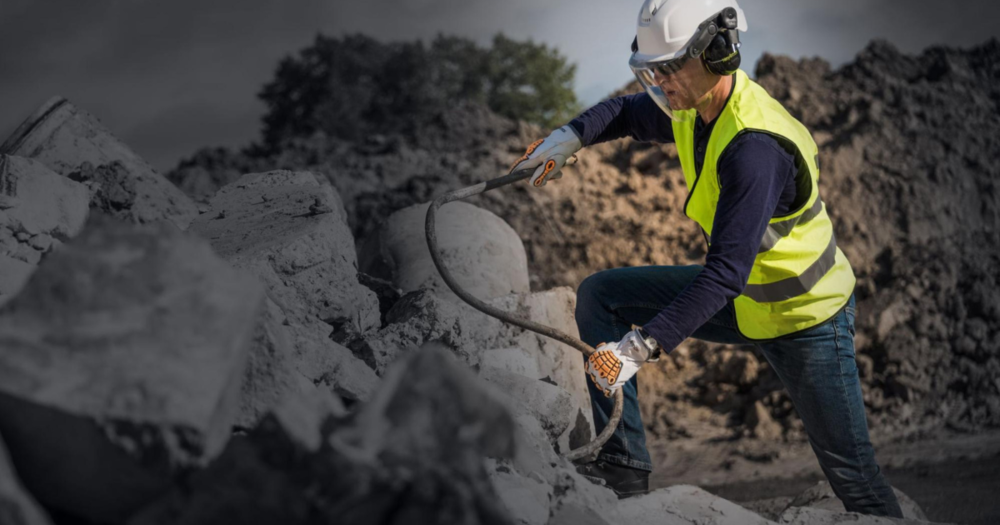
From headgear that shields against impacts to footwear designed for tough terrains, every piece of safety equipment serves a critical purpose. This guide provides an insightful overview of the essential protective gear needed for comprehensive safety in industrial settings, highlighting how each element contributes to a safer, more secure workplace.
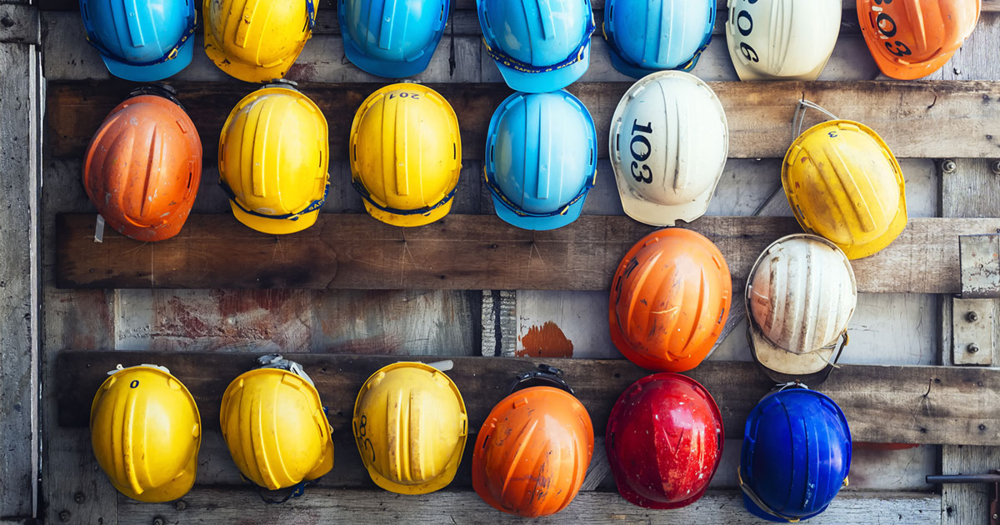
In the industrial world, where risks are a constant, the protection of the head is a top priority. The head is one of the most vulnerable parts of the body, susceptible to a wide range of injuries from impacts, falling objects, and even exposure to harmful substances.
Helmets come in various types, each tailored for different industrial environments. From standard hard hats for construction sites to advanced helmets for electrical work, the choice depends on the specific hazards present.
Inside these helmets, suspension systems work wonders. They distribute the impact force across a broader area, significantly reducing the risk of head injuries. These systems, involving straps and padding, not only absorb shock but also provide comfort for long hours of wear.
A helmet must fit snugly. Adjustable straps and adequate padding are key for both safety and comfort, preventing the helmet from slipping and reducing fatigue during long working hours.
Face shields offer an additional layer of protection, particularly against hazards that could injure the face. Depending on the task at hand, workers might need full-face or half-face shields. The choice hinges on the level of exposure to splashes, debris, or hazardous chemicals.
Polycarbonate shields offer high impact resistance, while mesh designs might be used in operations like grinding or woodworking. Anti-fog coatings and ventilation features are essential for maintaining clear vision and comfort.
The eyes, vulnerable yet vital, require robust protection in hazardous environments. Whether it's protection against dust, flying particles, or chemical splashes, the right eyewear is crucial. Look for UV protection in outdoor settings and anti-fog coatings in environments with temperature variations. The fit is also vital; eyewear should be snug yet comfortable, and compatible with other safety equipment like helmets.
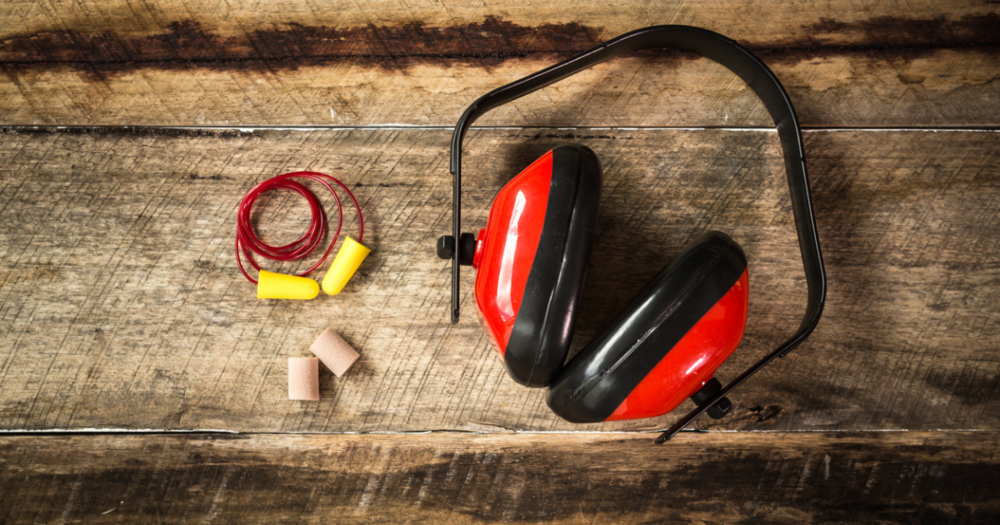
In industrial settings, the clamor of machinery and processes often exceeds safe sound levels, posing a serious risk to hearing health.
Earplugs are a simple yet effective solution for noise reduction in various industrial scenarios. Earplugs range from disposable foam options, ideal for visitors or short-term use, to custom-molded varieties that fit the unique contours of an individual's ear, offering superior comfort and protection.
Each type of earplug comes with a Noise Reduction Rating, indicating its effectiveness in dampening sound. Understanding these ratings is key to choosing the right earplug for the specific level of noise in a work environment.
Earmuffs provide an alternative or an additional layer of protection, especially in extremely noisy settings. Earmuffs cover the entire ear, with designs focusing on sealing out sound effectively while ensuring wearer comfort. Padded headbands and cushioned ear cups are essential for prolonged use.
Some earmuffs come with added features like built-in communication systems or are designed to be compatible with other safety gear like helmets and eyewear.
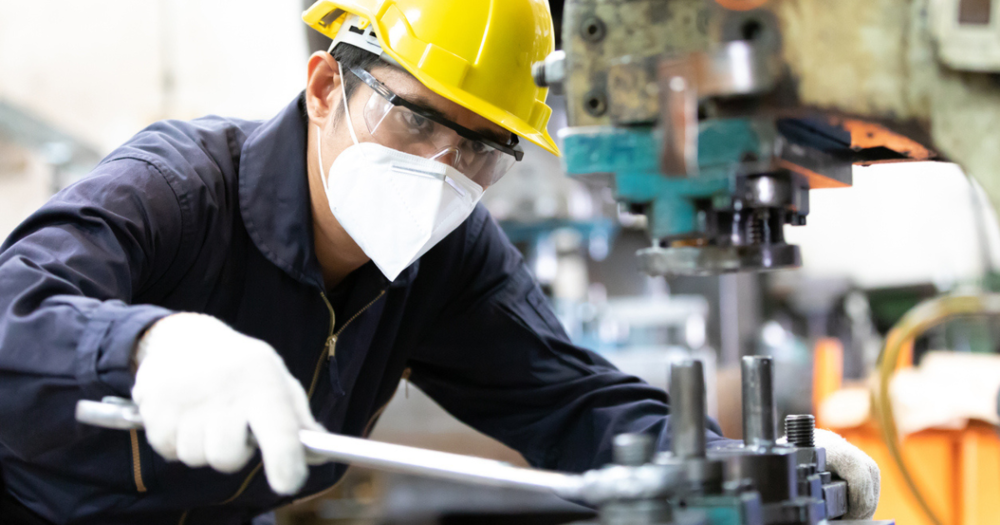
In industrial work environments, the air can be laden with dust, fumes, gases, and other harmful substances. Respiratory protection is thus not just a precaution; it’s a necessity.
In settings with more severe respiratory hazards, respirators offer enhanced safety. Half-face respirators cover the nose and mouth, while full-face varieties also protect the eyes. The choice depends on the level of exposure and the type of contaminants.
Respirators are equipped with specific filters for different types of contaminants, such as gases, vapors, or particulates. Selecting the appropriate filter is crucial for effective protection. A respirator must fit snugly to be effective. Features like adjustable straps and soft sealing edges are important for both safety and comfort during long hours of use.
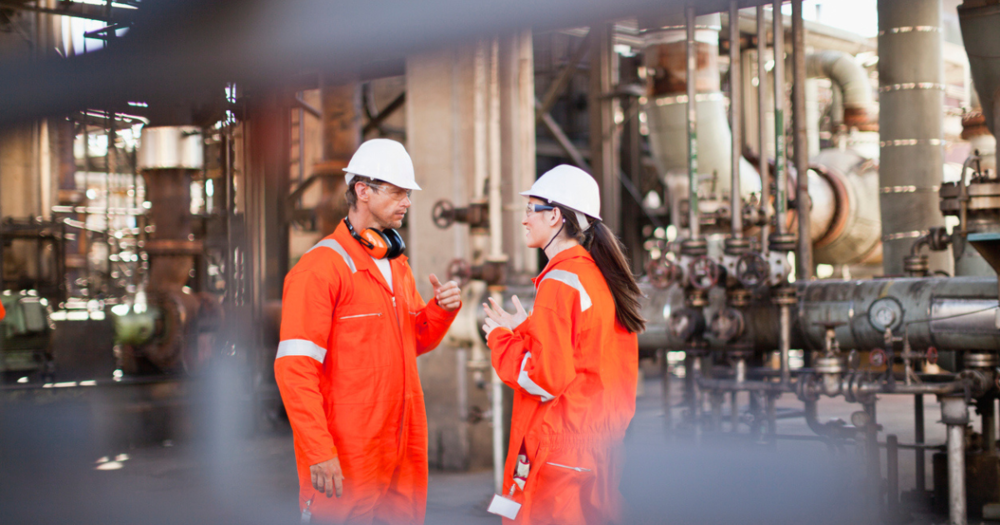
The body faces a myriad of hazards in industrial settings, from physical risks like impacts and abrasions to environmental challenges such as extreme temperatures and hazardous materials. Working in an industrial environment can expose workers to a range of hazards, both physical and environmental. These hazards include potential falls, impacts, exposure to extreme temperatures, and contact with hazardous materials. Employers need to prioritize the safety of their workers by providing necessary training, protective equipment, and safety protocols to minimize the risks and ensure a safe work environment.
Industrial protective clothing goes beyond mere coverage; it's engineered to provide specific levels of protection from workplace hazards. Jackets, vests, and overalls are made from robust materials designed to withstand rough use increase visibility, and protect against specific hazards. The choice of material is crucial—flame-resistant fabrics for fire hazards, chemically resistant materials for exposure to hazardous substances, and breathable fabrics for hot environments.
In high-temperature work environments, protecting workers from heat stress is essential. Cooling vests and accessories are specialized garments designed to help regulate body temperature. Some vests are equipped with cooling packs, while others are made of materials that enhance heat dissipation.
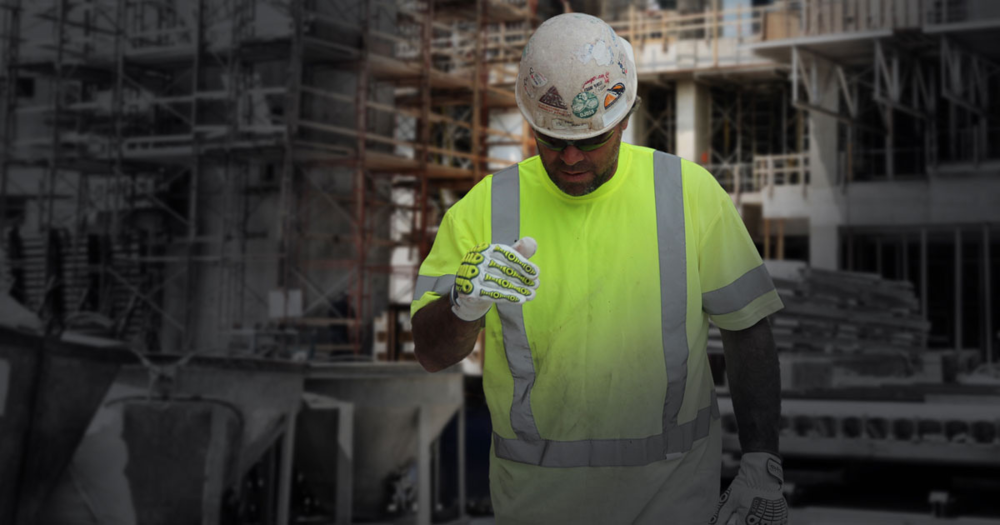
Hands are essential tools frequently exposed to hazards such as cuts, abrasions, chemicals, and extreme temperatures.
From cut-resistant gloves for handling sharp materials to chemical-resistant varieties for hazardous substances, each glove type serves a specific purpose. Gloves are made from various materials, including leather, rubber, and advanced synthetic fibers, tailored to the hazards they are meant to protect against. Design elements like grip patterns enhance handling abilities, while insulation features protect against heat or cold.
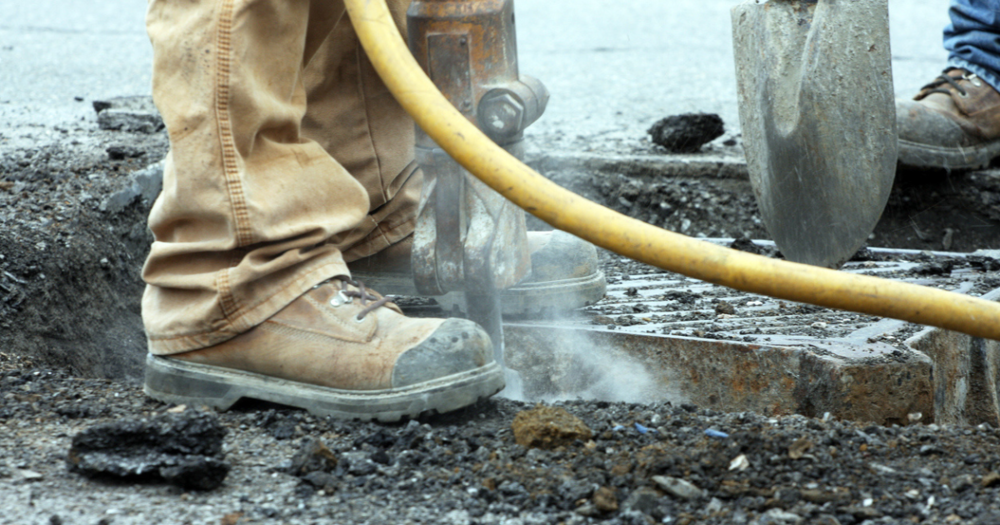
Workers often face risks such as falling objects, electrical hazards, and slippery surfaces.
Key features in safety boots include steel toe caps for impact protection, non-slip soles for better grip, and materials that provide resistance to chemicals or electrical hazards. The design of these boots is focused on safeguarding the feet from the variety of risks present in industrial environments.
Choosing the appropriate boot involves considering the specific hazards of the workplace. For example, electricians may require boots with electrical insulation, while workers in wet conditions might need waterproof or slip-resistant footwear.
In some work environments, additional protective gear may be necessary to ensure complete foot safety. Metatarsal guards are designed to protect the upper part of the feet from heavy impacts and are essential in industries where workers are at risk of heavy objects falling or rolling onto their feet. For added protection, especially in welding or casting operations, spats and gaiters provide a shield against sparks and molten metal splashes.
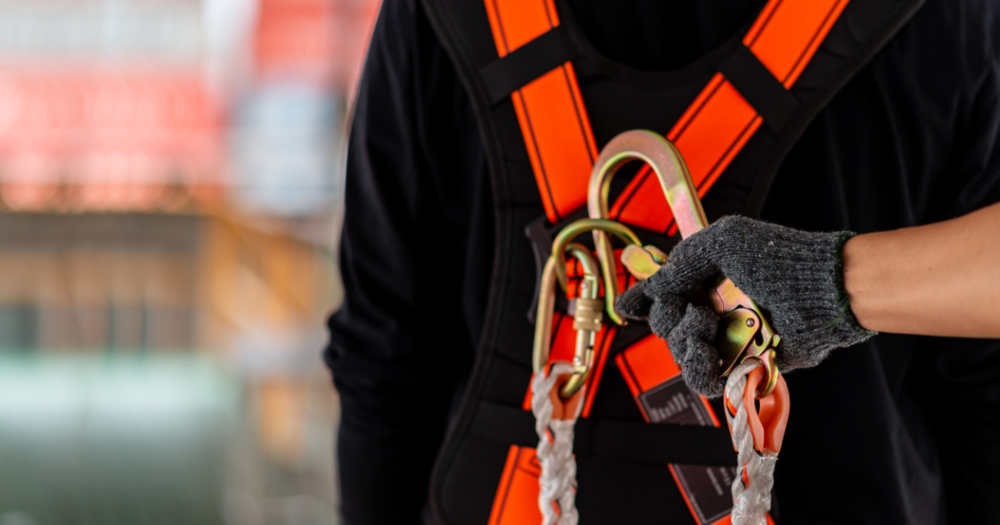
In industrial sectors where work is performed at heights, fall protection is a necessity.
Harnesses are the fundamental component of any fall protection system, designed to secure the worker in case of a fall. Full-body harnesses, with straps for the shoulders, thighs, and chest, are standard in industries requiring fall protection. Key features include durable material, adjustable straps for a snug fit, and padding for comfort during prolonged use.
The choice of harness depends on the type of work and the environment. For example, harnesses with additional lumbar support are ideal for tasks requiring bending or leaning, while those with easy-to-release buckles are suited for quick donning and doffing in emergencies.
Lanyards and lifelines are vital components that connect the harness to a secure anchor point. Shock-absorbing lanyards are designed to reduce the force of a fall, thereby minimizing the risk of injury. They typically feature a mechanism that elongates to absorb energy during a fall.
Vertical and horizontal lifelines offer mobility while ensuring safety. Vertical lifelines are used for climbing or descending, while horizontal ones are ideal for work that requires movement along a horizontal plane.
Secure anchor points are essential for the effectiveness of fall protection gear. They must be able to support the weight of a falling worker and must be carefully chosen based on the work environment.
Fall limiters help in arresting a fall quickly, minimizing the fall distance. Safety nets can be used in certain situations as a secondary form of fall protection, especially in construction sites.
Safety in industrial settings is a continuous commitment. By equipping workers with the right industrial safety supplies, from helmets to safety boots, we ensure their well-being and contribute to a more productive and secure work environment. Embracing this comprehensive approach to safety is a duty to each other and a step towards a safer industrial future for everyone.